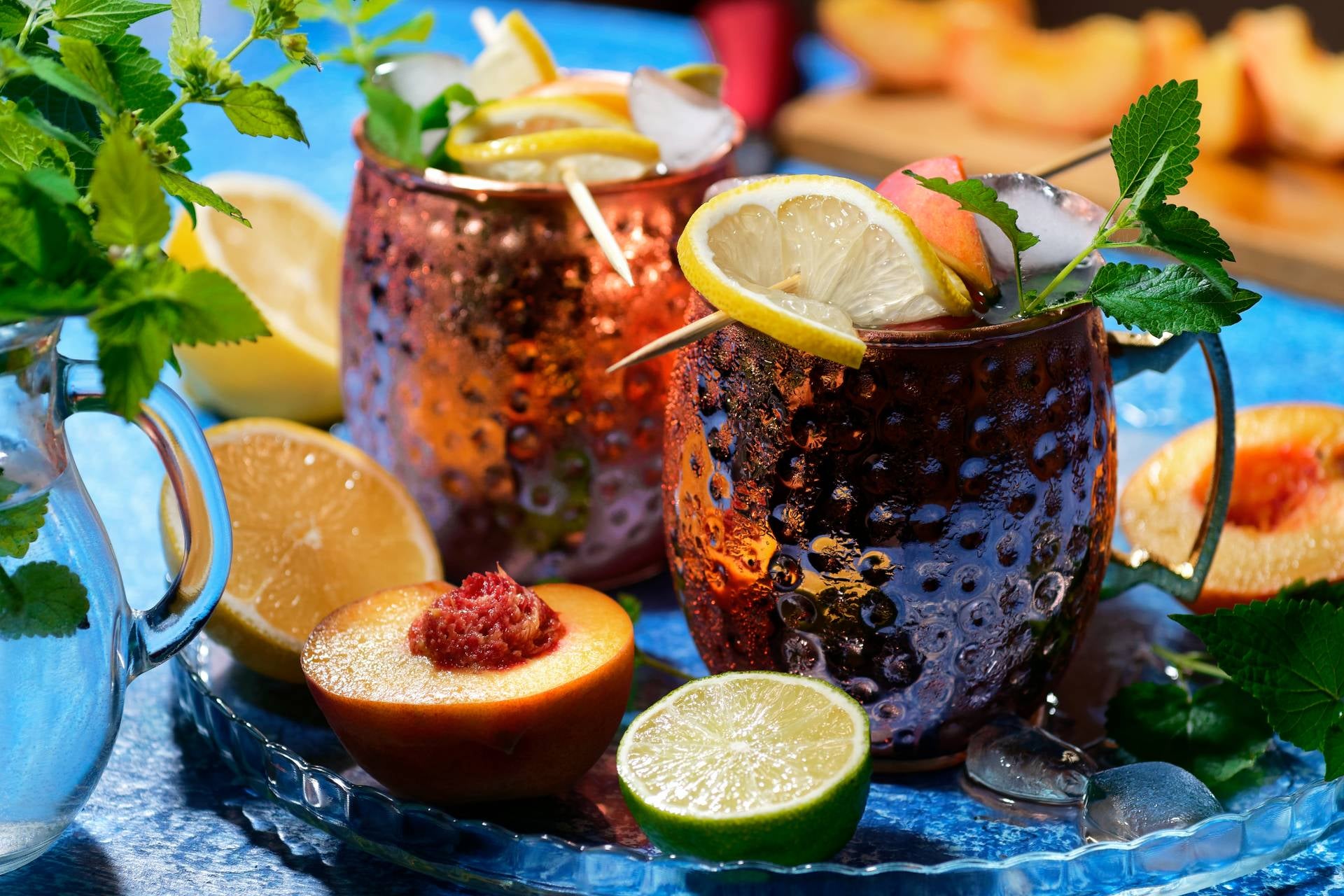A simple, refreshing blend of vodka, fiery ginger beer and zesty lime juice, all served in a chilled copper mug to keep everything ice cold, the Moscow Mule is a familiar sight in many cocktail bars. Unpretentious and easy to drink, it ranked 13th in a 2020 survey of the world’s most popular cocktails by Drinks International.
Legend has it that the Moscow Mule was invented in 1941 at the Cock ‘n’ Bull tavern in Los Angeles, by the tavern’s owner, John ‘Jack’ Morgan, who also happened to be the president of a company that produced ginger beer, and John Gilbert Martin, president of G.F. Heublein & Bro., who had recently purchased the Smirnoff company. Neither man was having much luck selling his product by itself, but when they came up with the idea of combining the two, a legend was born. Another version of the story has the Cock n’ Bull’s head bartender, Wes Price, inventing the cocktail as a way to clear out the cellar, which was full of unsold vodka and ginger beer. He is then said to have sold the very first one to Hollywood actor Broderick Crawford.












